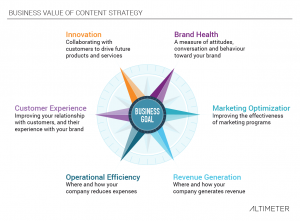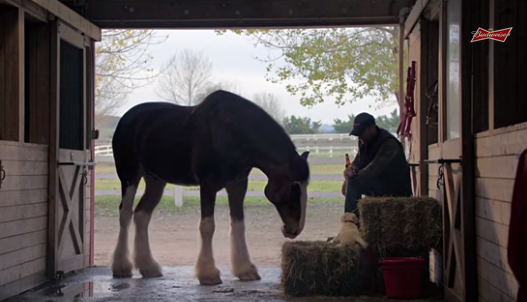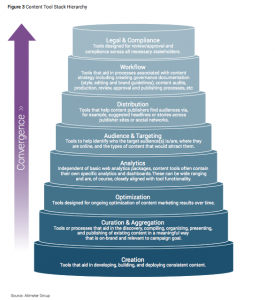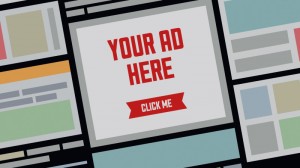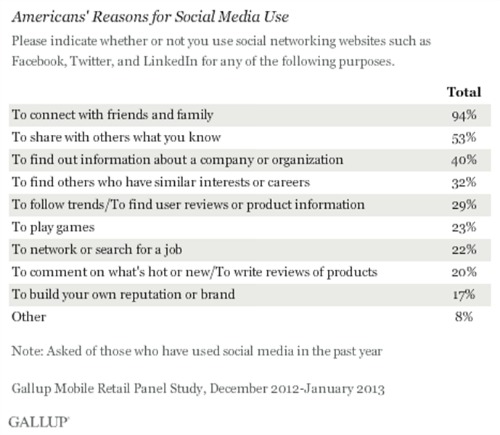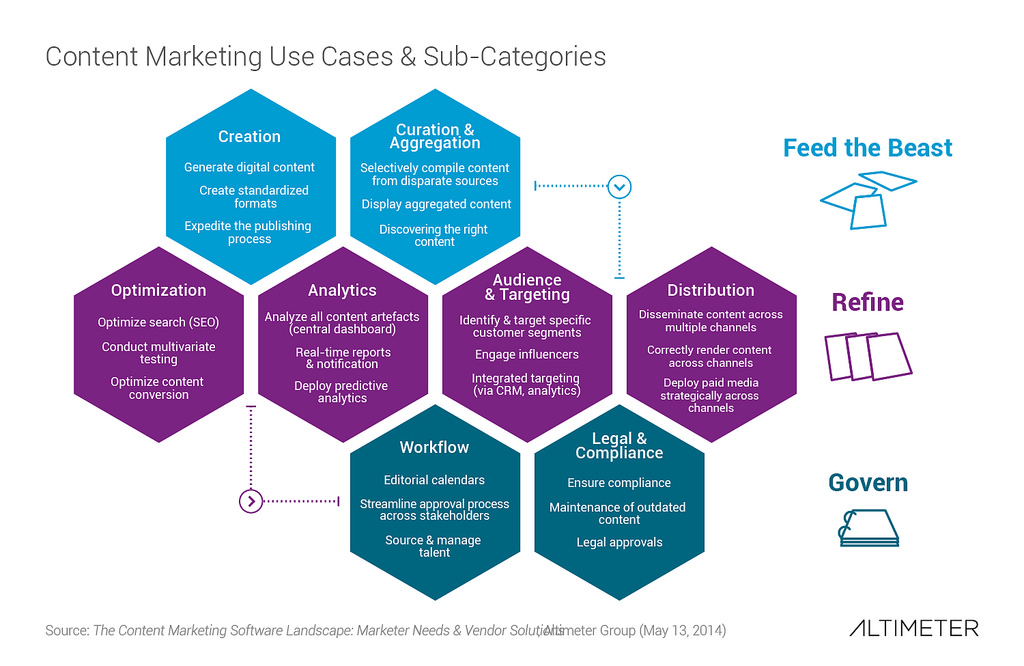New Research: Content Marketing Performance
My latest research, Content Marketing Performance: A Framework to Measure Real Business Impact is hot off the presses (virtually speaking, of course). Please feel free to download a copy from the link above. Here’s how my esteemed colleague Susan Etlinger introduced our project today, cross-posted from the Altimeter Group blog: About a year ago, Rebecca Lieb and I had […]
New Research: Content Marketing Performance Read More »

